Types of Silk Fabrics Popular in India
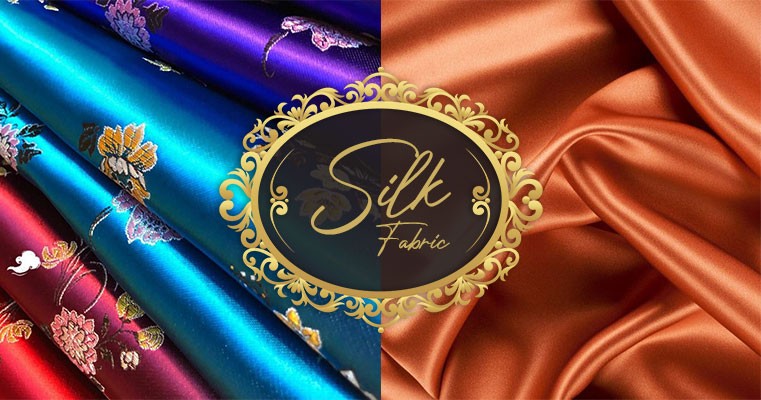
The majority of silk is manufactured from a natural strand produced by the mulberry silkworm as it builds its cocoon. Silk is a strong, glossy, and fine filament. It creates a high-end luxury cloth that is costly to purchase.
Silk for commercial use
Sericulture refers to the cultivation of silkworms. The bulk of silk is produced on commercial silk farms, where silkworm pupae are reared to create a white silk thread. To create one pound of raw silk, around 2500 silkworms are required. The pupae are 10,000 times heavier than when they were hatched after 35 days and four moults, and are ready to start spinning a cocoon. In plant material, the silkworm will have consumed 50,000 times its original weight. Its greatest length is 7.5cm. The pupae may spin their cocoon for up to 8 days, and the thread they create is around a mile long.
To collect the silk, the pupae are killed by putting them in hot water or piercing them with a needle before the adult moths emerge. After soaking the cocoons in boiling water to weaken the sericin (which keeps the silk fibres together in a cocoon form), the entire cocoon is unravelled as one continuous thread (called reeling). A strong filament is created by combining three to ten silk threads, which is subsequently woven into fabric. Silk may be woven in a number of designs. Because commercially produced silk is easily dyed, it comes in a wide range of colours.
Fabrics made of silk
Silk fabric comes in a variety of styles. The most well-known are as follows:
Charmeuse:
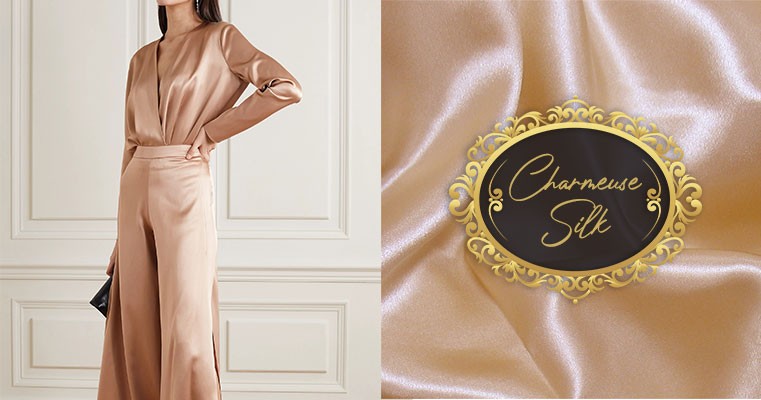
It is a lightweight silk with a satin weave (where a warp thread crosses over three or more weft threads), giving it a reflective satin finish on the front and a dull finish on the reverse. Drapes well and may be used for undergarments, blouses, and other items.
Chiffon:
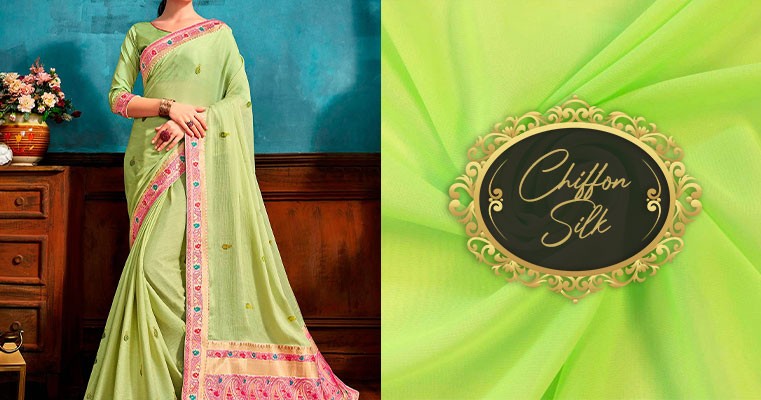
It is a thin, lightweight, silky, and glossy plain weave fabric. It has a slick feel and drapes wonderfully. Frays with ease. It's a popular choice for evening dress.
Dupioni Silk:
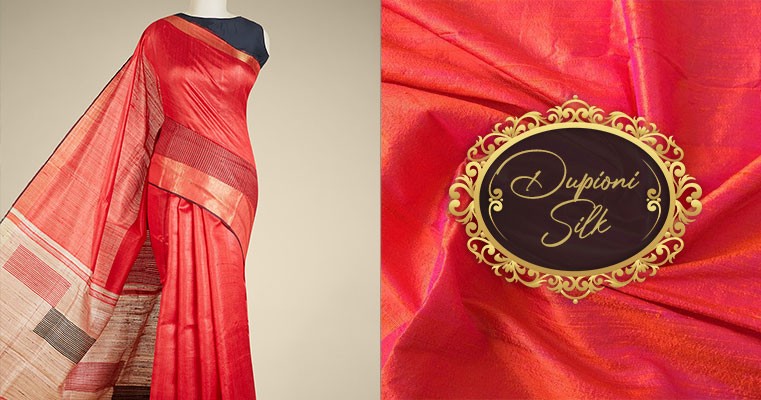
This is a crisp, rigid fabric that maintains its shape nicely. Fine warp threads and irregular weft threads created from two or more entangled silk cocoons are used to create this fabric. This results in a densely woven, glossy surface with slubs. It is frequently woven with different coloured threads strewn across the warp and weft, creating an iridescent look. It's also frequently woven into striped or plaid patterns. It's ideal for embroidered effects. Bridal and special occasion apparel, as well as upholstery, are popular uses.
Habutai:
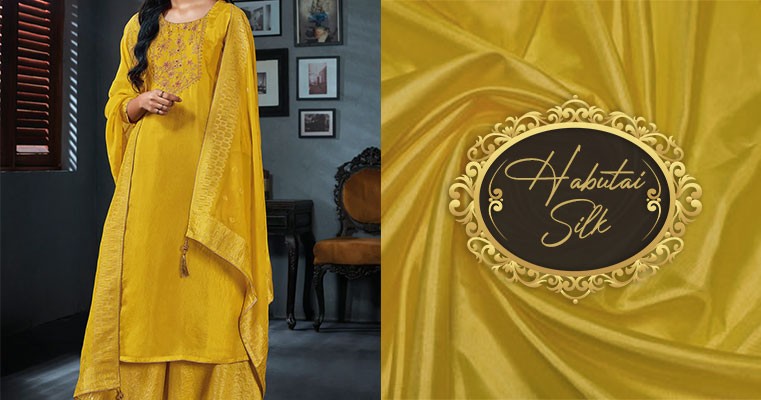
This is a sheer plain weave fabric that is soft and drapes well, and is commonly used as a garment lining.
Organza:
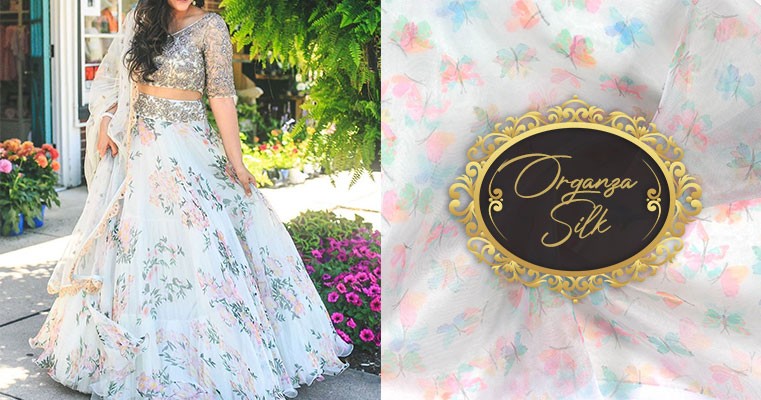
This is a sheer, finely woven fabric with a crisp finish that is suitable for wedding and evening wear. It's commonly used as an outer layer, but it's also utilised to make full skirts.
Shantung:
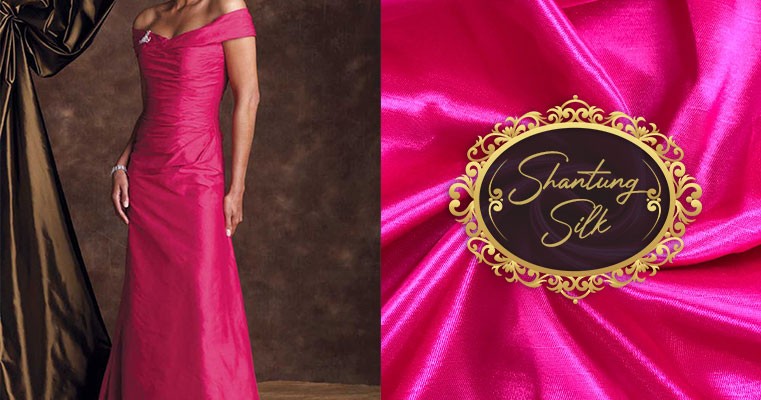
It is a slubbed plain weave fabric with a medium weight. Dupioni silk is similar to this, except it is thinner and has a more refined and polished look. Bridal dresses are frequently made of this fabric.
Taffeta:
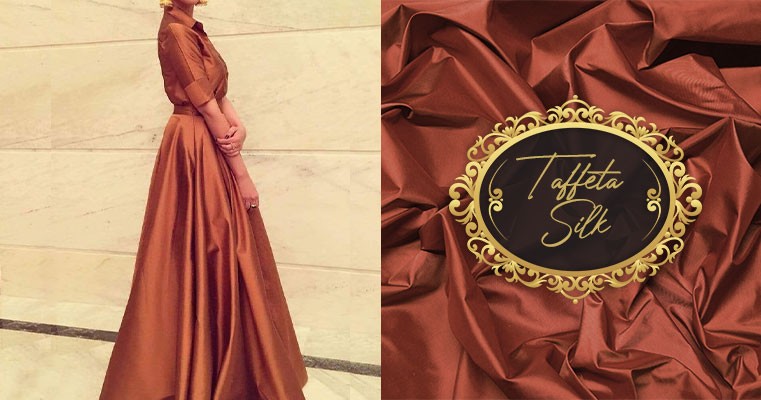
A smooth, crisp fabric that keeps its shape and rustles when moved. Ball gowns, bridal gowns, corsets, curtains, and wall coverings are all examples of this fabric. It may be woven with a variety of coloured warp and weft threads to create a'shot' effect that reflects light in unique ways.
Tussar:
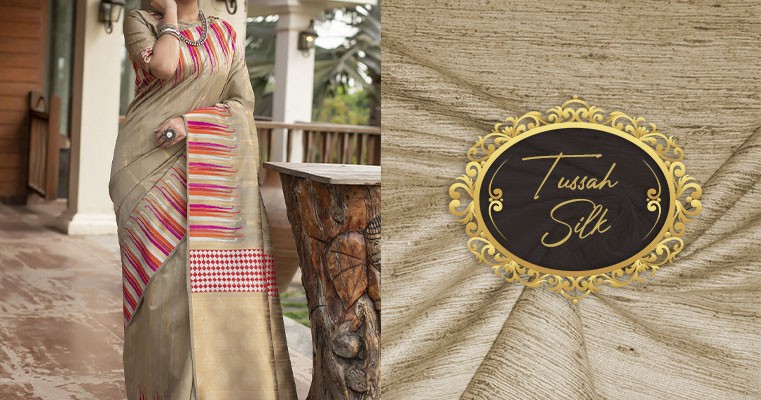
Made from juniper and oak leaves eaten by wild tussar silk worms. It has an irregular look and is coarser and less glossy than mulberry silk.
Tulle:
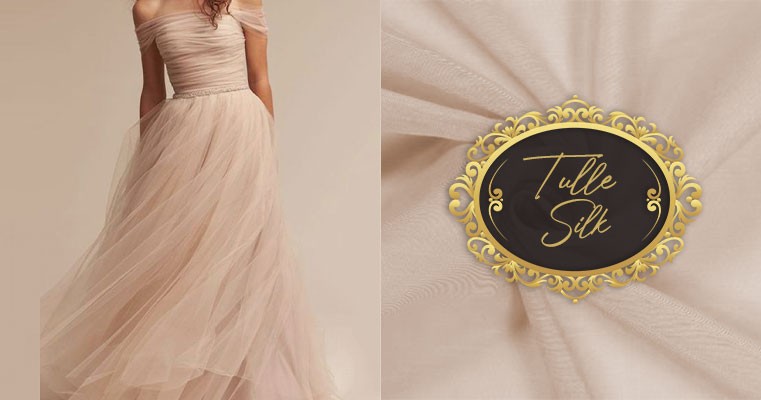
This is a lightweight, ultra-fine hexagonal netting created by machine that is commonly used for wedding veils.
Voile:
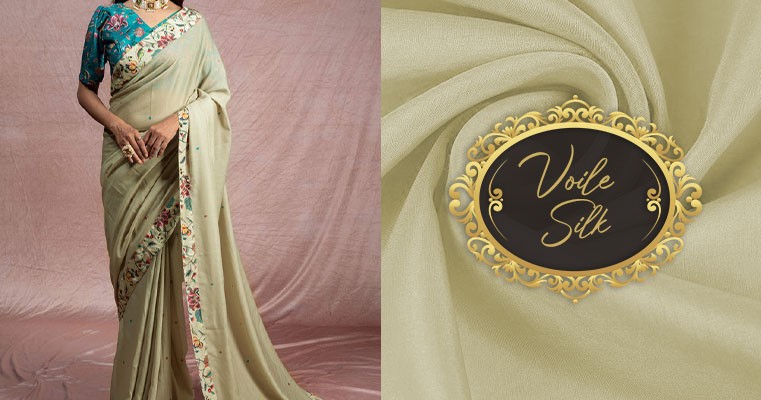
It is a thin, semi-transparent, and lightweight silk that is carelessly woven. Frequently used as a window treatment.
Silk that is ethical- Peace Silk, Ahimsa Silk
Silk production is criticised by animal welfare organisations since the procedure of extracting the silk from the cocoon kills the larvae. However, ethical silk is now available, which is produced without harming or killing silkworms since the silk is retrieved after the silkworm has finished metamorphosis and emerged from the cocoon as a moth. Instead of being reeled, the silk is degummed and spun like other fibres. The process entails regulating the quantity of eggs that can hatch and managing moths. Peace or Ahimsa silk is a kind of silk that is often manufactured in India.
Crêpede Chine:
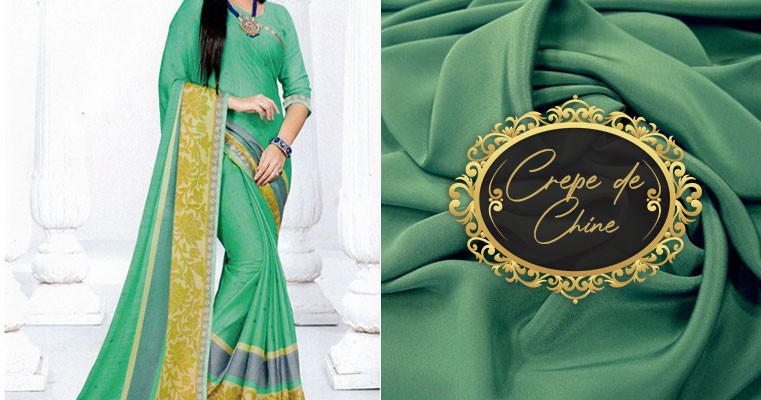
It is a crepe-finish plain weave fabric (structured). There are two types of finishes available: soft and hard. The hard surface holds its form quite well.
Silk satin:
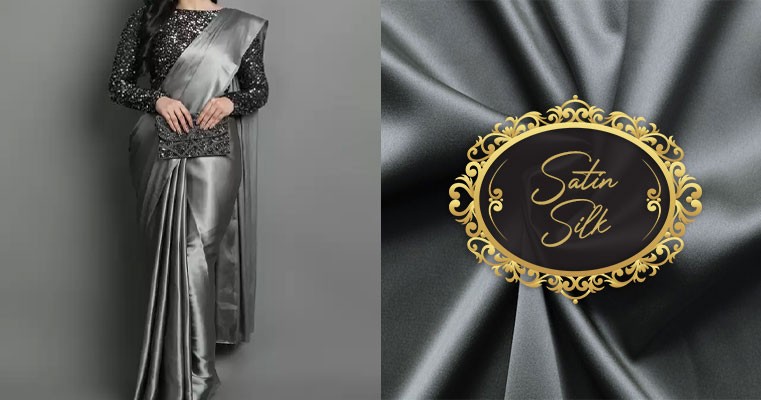
Silk satin is a one-of-a-kind fabric. It is highly prized by interior designers, dressmakers, and tailors who want to produce the most luxury effect while dealing with materials as compared to other fabrics. Silk satin has a rich appearance and feel, as well as a variety of features and is quite appealing. Satin is a cloth weaving technique.
Satin is created from a range of synthetic and natural fibres, but the most precious is silk satin. Satin adds a lustrous sheen to the fabric that is formed during the weaving process. This is performed by floating the warps over other fibres to create a smooth, lustrous, and seemingly seamless surface for the cloth.
Georgette:
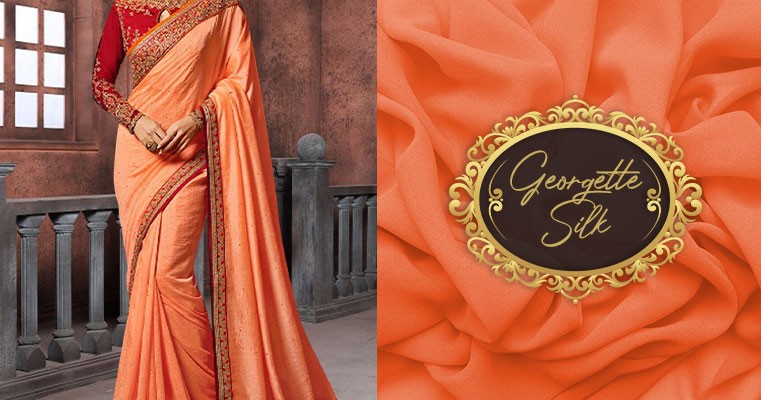
It is a lightweight silk fabric with a ruffled surface and lovely drapes. In the early twentieth century, silk crepe fabric was originally introduced in France. It has now become a high-fashion classic, particularly in evening attire and bridal dress.
Latest Posts
Categories
Tags


 +1-403-351-7777
+1-403-351-7777














